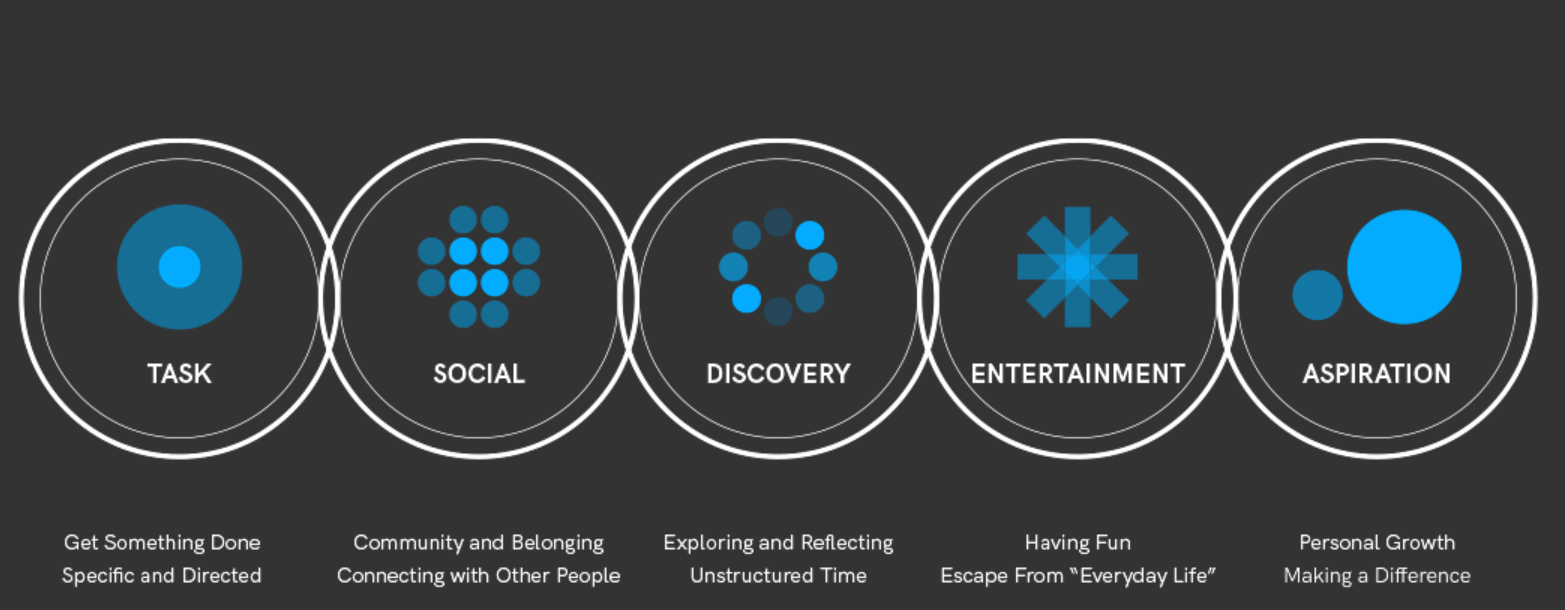The Science of Why
One of the most shared business leadership talks is Start With Why by Simon Sinek. It emphasizes the importance of purpose in a business and leadership’s ability to communicate that purpose to their employees to accomplish amazing things together. I believe it has been so popular because most business books emphasize what to do and/or how to do it. They are manuals on execution and strategy. In stark contrast, Sinek struck a chord by focusing on purpose and inspiration instead, changing the paradigm on the modern business model.
I believe that in technology we are also steeped in the culture of execution. Of course, this isn’t a bad thing. A brilliant plan, executed poorly, will never reach it’s potential. Also, given the binary nature of inputs and outputs and the technicalities of signal distribution, etc., we need to be concerned with the “what” and “how” in order to deliver working systems. However, even technology has a human aspect to it. There are desired outcomes to achieve and behavioral barriers to overcome, and the motivations of the people using our systems matter. Given that we also need to start with “why.”
Of course, every vertical, space and even customer may have completely different goals, so the “whys” may vary significantly, but could there be some trends that may be helpful to the way we approach our projects?
The integrated architecture firm Gensler recently did a study on public spaces asking just that question.
Why?
Why do people visit public spaces in the first place and given that, how can we use those motivations a to design better public spaces?
Interestingly enough, their study also includes data collected from visitors of these spaces, and much of that data includes impressions of how technology impacted their experiences in those spaces as well.
So what were some interesting trends in that study? Let’s dive into their “Experience Index” to find out.
The first take away is that visitors of public spaces rarely have a singular motivation. Gensler defines five main motivations for visiting public spaces. Those are Task, Social, Discovery, Entertainment and Aspiration.

The graphic above is from Gensler’s Experience Index
Many times, as technology designers, we think of the functional motivation-performing a task. Any system design that accomplishes the task is seen as a viable solution, but if you look at the study, you’ll see that many other motivations may be at play as well, even for someone who is in fact, at least partially task driven. This means in order to create successful experiences, we need to also leverage technologies that aid in social connections, discovery, entertainment and the visitor’s aspirations. This means we have to know at least a little about the demographics of the potential visitors themselves.
Another interesting finding in Gensler’s Index is that technology definitely matters.
According to Gensler:
“It’s clear that technology makes a significant impression on users, no matter the space. But users may be less interested in technology that they interact with or use directly, and more interested in technology that is embedded in the space and contributes to the overall designed experience.”
The study also found that in each instance, spaces with the latest technology provided significantly better experiences to visitors than spaces that did not embrace technology or that had outdated technology installed.

The graphic above is from Gensler’s Experience Index
As AV professionals, we should be acutely aware of how what we provide affects the people who utilize our spaces. We should also be well versed in the language of “experience” especially given that companies like Gensler speak that vernacular every day. If we can design systems that address the multiple “whys” defined by Gensler above, then we can differentiate ourselves from the crowd designing systems solely with an objective, task-based mentality. A common mindset can assure a trusted seat at the design table and help ensure our preferred position in the project throughout the execution process as well.
Instead of summarizing the whole thing here, I would encourage everyone reading to go to Gensler’s Experience Index and read the report for yourself. Everyone’s business is slightly different, and there may be some hidden gems for you in there.
Concentrating on “why” opens the door to a real partnership. Delivering the “what” and “how” keeps the door open for the next project.




